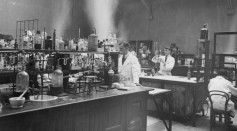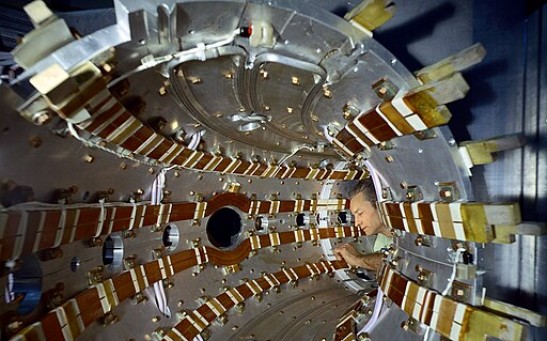U.S. Department of Energy

Simple Mod Can Keep Quantum States 10,000 Times Longer

US Senate Passes Sustainable Chemistry Legislation
Trump Administration Plans to Lower Classification of Nuclear Waste to Save Money
Not Sugary Sweet, But New Artificial Photosynthesis May Change the Game Altogether
Can U.S. Supercomputers Regain Top Title?
China’s Supercomputer Tianhe-2 Reigns Supreme
Most Popular

How Technology Is Changing the Real Estate Industry?

How a Plant-Based Diet Can Protect Against Breast Cancer: Insights from Nutrition Research

Study Reveals High Turnover in Scientific Research Careers: What This Means for Future Scientists

Nikolay Karpenko Biography, Photo, Career, Accomplishments






